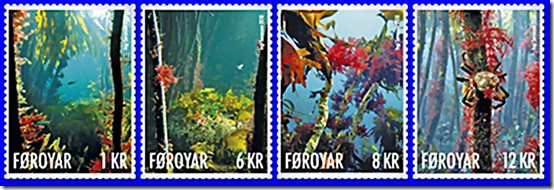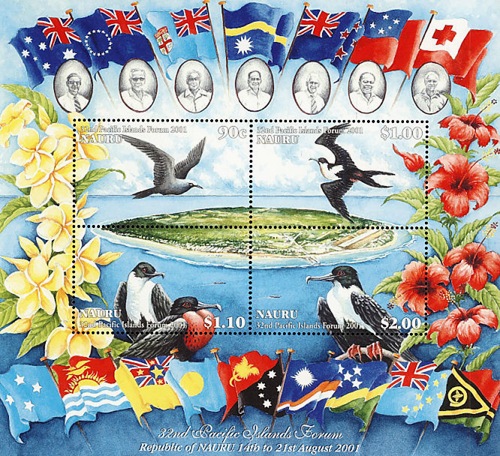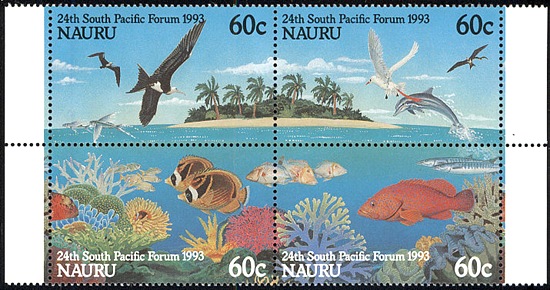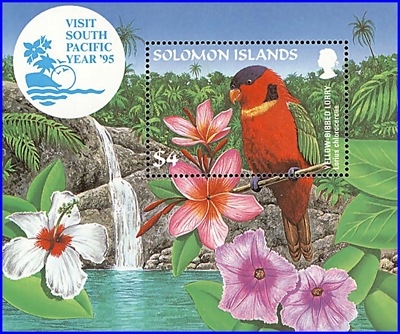On 20.09.2010, the Foroyar Post issued the plant series depicted potatoes and root vegetables on two stamp with different face value.
Root vegetables are an old food on the Faroe Islands and much older than potatoes, which did not become common until the mid-19th century.
Two types of root vegetable were grown: Faroese turnips (Brassica napus) and Norwegian turnips (Brassica rapa), which used to be commonest. Faroese turnips grew down into the soil, so far down that a spade was needed to dig them up, whereas Norwegian turnips grew close to the surface and were easy to pick by hand. The place where root vegetables were grown was called the rótakál. Root vegetables were mainly used for soup, but also for bread, as well as being cooked for dinner together with poultry, for example.
Root vegetables are an old food on the Faroe Islands and much older than potatoes, which did not become common until the mid-19th century.
Two types of root vegetable were grown: Faroese turnips (Brassica napus) and Norwegian turnips (Brassica rapa), which used to be commonest. Faroese turnips grew down into the soil, so far down that a spade was needed to dig them up, whereas Norwegian turnips grew close to the surface and were easy to pick by hand. The place where root vegetables were grown was called the rótakál. Root vegetables were mainly used for soup, but also for bread, as well as being cooked for dinner together with poultry, for example.

Later on the Faroe Islanders also started growing other root vegetables such as kohlrabi, different turnip varieties and carrots, as the seeds were now available in the shops. From around 1920 there was a growing interest in kitchen gardens among the population, and people began cultivating various sorts of greens in addition to root vegetables. Before the arrival of potatoes, only root vegetables were served with dinner.
Potatoes made their first appearance in Denmark in 1719. As far as the Faroe Islands are concerned, we know that root vegetables were being grown in Torshavn in 1775 and 1799, but it was not until the mid-19th century that it became common to grow potatoes. Many people on the islands can remember Hans Marius Debes's story about the first potatoes arriving in Gjógv in 1835.
To begin with potatoes were cultivated in the same way as cereals and root vegetables, but people soon started earthing them up. They used a mattock or shovel to dig a furrow a foot deep, put fertiliser in the bottom and then planted the potatoes in it before creating a ridge.
Potato cultivation on the Faroe Islands only really got going after a man from Miðvágur on Vágar discovered a new growing method. The potatoes were grown under turf that had been turned upside down, i.e. with the grass facing down. This method of growing potatoes was also called Vágaveltan. It was a very easy way to grow potatoes. They were placed on a narrow strip of grass, then the turf was laid on top, grass to grass, with the soil facing up. This is now the commonest method of growing potatoes, with just a single handful of artificial fertiliser being used between each potato plant.
After 1925, and in the lean thirties in particular, potatoes became very important in Faroese households and dinner was not dinner unless it included potatoes.





